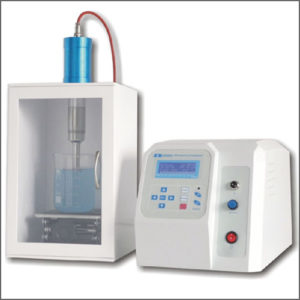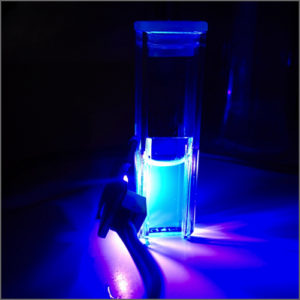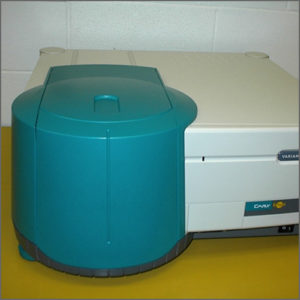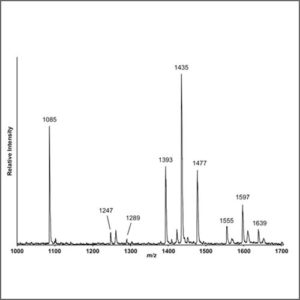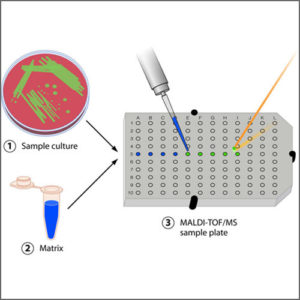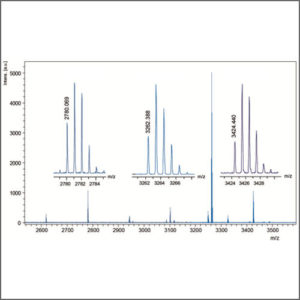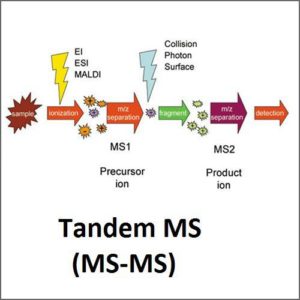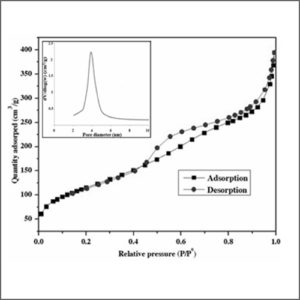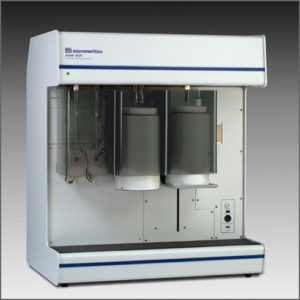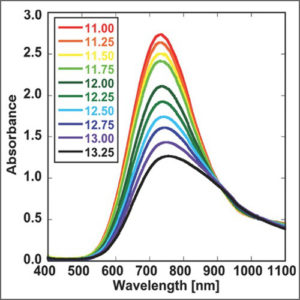Cell Disruptor
Cell disruptor is used to break down cell walls with high-powered agitation to release biological molecules from inside the cell.
- Description
| Testing Method | Cell Disruptor |
| Description |
Cell disruptor is used to break down cell walls with high-powered agitation to release biological molecules from inside the cell. The production of biologically interesting molecules using cloning and culturing methods allows the study and manufacture of relevant molecules. Except for excreted molecules, cells producing molecules of interest must be disrupted.
A common laboratory-scale mechanical method for cell disruption uses tiny glass, ceramic or steel beads mixed with a sample suspended in aqueous media. First developed by Tim Hopkins in the late 1970s, the sample and bead mix is subjected to high level agitation by stirring or shaking. Beads collide with the cellular sample, cracking open the cell to release intercellular components. Unlike some other methods, mechanical shear is moderate during homogenization resulting in excellent membrane or subcellular preparations. The method, often called “beadbeating”, works well for all types of cellular material – from spores to animal and plant tissues. It is the most widely used method of yeast lysis, and can yield breakage of over 50%. It has the advantage over other mechanical cell disruption methods of being able to disrupt very small sample sizes, process many samples at a time with no cross-contamination concerns, and does not release potentially harmful aerosols in the process.
All high energy beadbeating machines warm the sample about 10 degrees/minute. This is due to frictional collisions of the beads during homogenization. Cooling of the sample during or after beadbeating may be necessary to prevent damage to heat sensitive proteins such as enzymes. Sample warming can be controlled by beadbeating for short time intervals with cooling on ice between each interval, by processing vials in pre-chilled aluminum vial holders or by circulating gaseous coolant through the machine during beadbeating. |
| More Information | Wikipedia: Cell Disruption |

